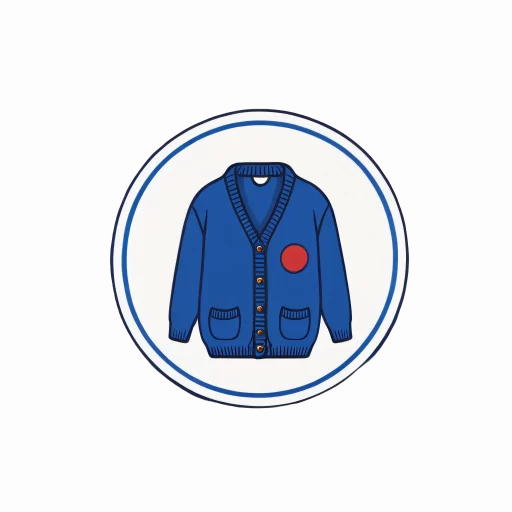Cantril Ladder
The Cantril Ladder, created by psychologist Hadley Cantril in 1965, is a self-assessment tool used to measure an individual’s perceived quality of life. It asks respondents to imagine a ladder with steps numbered from 0 at the bottom (worst possible life) to 10 a the top (best possible life) and to rate their current and future life satisfaction. The tool is widely used in research and surveys, including the World Happiness Report. The Cantril Ladder is suitable for adults and adolescents, making it a versatile tool for various age groups.
Who Can Use?
The Cantril Ladder is a versatile tool that can be used by a wide range of individuals and organizations. It is commonly employed by researchers, psychologists, and public health professionals to assess well-being and life satisfaction. Additionally, it is used in large-scale surveys, such as the Gallup World Poll, to gather data on global happiness and quality of life. The tool is suitable for both adults and adolescents, making it applicable in various settings, including schools, workplaces, and community health programs.
Where can I Find this Assessment?
You do not have to download anything as participants are asked to imagine a ladder with steps numbered from 0 at the bottom (worst possible life) to 10 at the top (best possible life) and to rate their current and future life satisfaction.
References
Kilpatrick, F. P., & Cantril, H. (1960). Self-anchoring scaling: A measure of individuals’ unique reality worlds. Journal of Individual Psychology, 16, 158–173.
Cantril‚ H. (1965). The pattern of human concerns. New Brunswick‚ NJ: Rutgers University Press.

Satisfaction with Life Scale (SWLS)
The Satisfaction with Life Scale (SWLS) was created in 1985 by Ed Diener, Robert A. Emmons, Randy J. Larsen, and Sharon Griffen. This assessment measures an individual’s global cognitive judgments of their life satisfaction. It consists of five items and is designed to be brief, typically taking about one minute to complete. The SWLS is suitable for a wide range of age groups, including adolescents and adults.
Who Can Use?
The Satisfaction with Life Scale (SWLS) can be administered by a variety of professionals, including psychologists, researchers and clinicians. It can also be self-administered by individuals or completed through an interview format. This flexibility makes it accessible for use in both clinical and research settings.
Where can I Find this Assessment?
The scale is copyrighted but you are free to use it without persmission or charge by all professionals (researchers and practitioners) as long as you give credit to the authors of the scale: Ed Diener, Robert A. Emmons, Randy J. Larsen and Sharon Griffin as noted in the 1985 article in the Journal of Personality Assessment. For more information or to download a copy of the scale, please visit: https://labs.psychology.illinois.edu/~ediener/SWLS.html#:~:text=The%20scale%20is%20copyrighted.
References
Diener, E., Emmons, R. A., Larsen, R. J., & Griffin, S. (1985). The Satisfaction with Life Scale. Journal of Personality Assessment, 49, 71-75.
Pavot, W. G., Diener, E., Colvin, C. R., & Sandvik, E. (1991). Further validation of the Satisfaction with Life Scale: Evidence for the cross-method convergence of well-being measures. Journal of Personality Assessment, 57, 149-161.
Pavot, W., & Diener, E. (1993). Review of the Satisfaction with Life Scale. Psychological Assessment, 5, 164-172.
Pavot, W., & Diener, E. (2008). The Satisfaction With Life Scale and the emerging construct of life satisfaction. ournal of Positive Psychology, 3, 137–152
Scale of Positive and Negative Experiences (SPANE)
The Scale of Positive and Negative Experiences (SPANE) was created in 2009 by Ed Diener, Daniel Wirtz, William Tov, Choe Kim-Prieto, Dong-Won Choi, Shigehiro Oishi, and Robert Biswas-Diener. This assessment measures and individual’s positive and negative feelings over a specified period, typically the past four weeks. It consists of 12 items, with six items assessing the positive feelings and six items assessment negative feelings. The SPANE is suitable for a wide range for age groups, including adolescents and adults.
Who Can Use?
The Scale of Positive and Negative Experiences (SPANE) can be administered by researchers, clinicians, and other professionals in the field of psychology. It is designed to be straightforward, allowing for self-administration or administration through interviews. This flexibility makes it suitable for use in various settings, including clinical practice and research studies.
Where can I Find this Assessment?
The scale is copyrighted but you are free to use it without permission or charge by all professionals (researchers and practioners) as long as you give credit to the authors of the scale. For more information and to download a copy of the scale, please visit: https://labs.psychology.illinois.edu/~ediener/SPANE.html.
References
Diener, E., Wirtz, D., Tov, W., Kim-Prieto, C., Choi. D., Oishi, S., & Biswas-Diener, R. (In press). New measures of well-being: Flourishing and positive and negative feelings. Social Indicators Research.